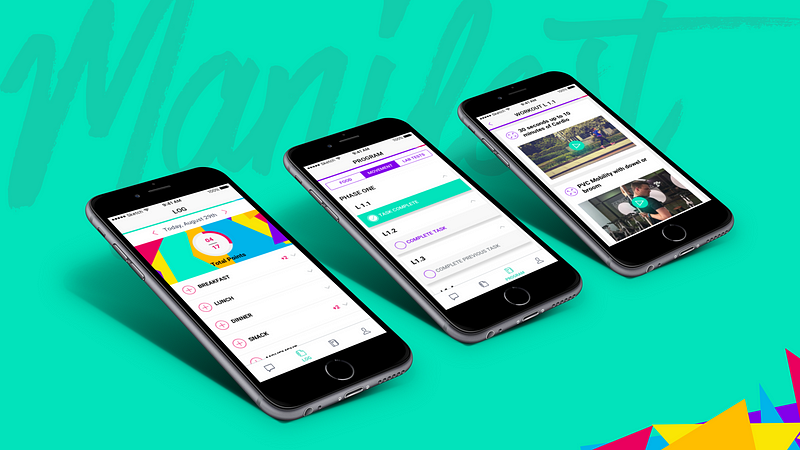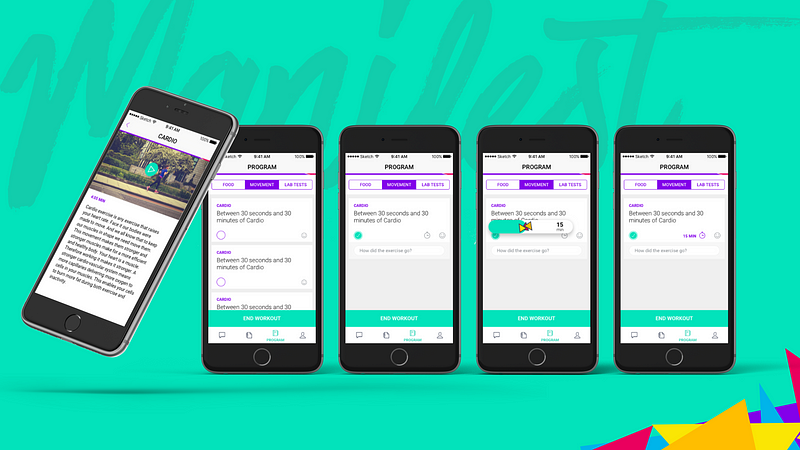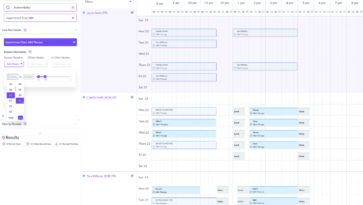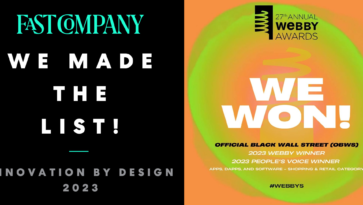
When Lauren Jenai left the company that she co-founded and built for 17 years, she felt stuck. At times she didn’t even feel like working out. This might seem trivial: after all, who hasn’t felt this way? But we need to put this into perspective: the company that Lauren co-founded was CrossFit.
The transition was tough — she’d spent the better part of the past decade and a half building community and educating people about health and wellness. After struggling with getting herself back into a regular fitness routine, she began to wonder how many others were in the same predicament. And how many of them had been ignored by the fitness industry that she had helped build for years — an industry built to drive membership and product sales, marketed to top athletic performers above all else.
A Fitness Company for Everyone Else
We first met Lauren through a mutual friend, who told us that she was up to something new and needed help with building some technology. We knew who Lauren was of course — the CrossFit brand didn’t need any introduction — but we didn’t know anything about her new venture. As she told us about it over the phone, we began to realize that she had built something truly magical, new, and exciting.
“I thought of a concept that would help people who didn’t how to get started, who are intimidated by fitness, who have tried diets and fitness programs and failed — people who knew little about obesity, diabetes, and heart disease, who feel lost in the myriad of false, and confusing information surrounding food and movement. The world of fitness had been built for the elite. I wanted to build something for everybody else.”
Be Manifest
Lauren soon started working on Manifest — and from the outset, it was radically different. At its core, Manifest is a high touch personal health and wellness experience meant for everybody — even those who have never considered themselves “fit”. It differs from the traditional fitness company in several key ways.
Manifest members are assigned a facilitator to coach them through a plan that educates and motivates them little by little. It doesn’t ask members to measure their weight. Instead, adherence is the golden measure of progress: how often you stick to a plan matters more than how tough the exercise is or how quickly you completed it. Progress, not performance, is victory.
Manifest doesn’t advocate for any particular diet — instead, it educates its members on how to eat healthy and balanced meals. It also educates members on what goes on inside their body. Included in the membership are monthly lab tests. Members get the test results, enter the values, and receive educational material on triglycerides, fasting blood glucose, and HDL.
Another key way that Manifest differentiates itself is its focus on being a hybrid brick-and-mortar and digital experience from the outset. Manifest has a physical location in Scottsdale, AZ, but because the experience doesn’t depend on gym equipment (you can do the exercises with something as simple as a broomstick), participants can be coached by their facilitators no matter where they are.
Achieving Scale

This is where Sidebench Health comes in. Together with Lauren, we’re building the first health and fitness company that is meant, from launch, to be digital and scalable to a massive level. We’re building two key components first: the Manifest app — meant to be the the one stop shop for participants. In the Manifest app, participants can receive their food plans, talk with their facilitators about their meals, nutrients, labs, learn about movement plans, and get guidance and encouragement. The second key component we’re building is the underlying infrastructure that makes this experience possible: the facilitator app. Through this app, facilitators will be able to talk with all participants, view their progress, assign them tasks, and manage their movement through their plans. Through smart usage of automation and design, Manifest facilitators will eventually be able to manage dozens of participants simultaneously. Sidebench’s goal isn’t to replace the role of the human touch — our goal is to use technology to be a force multiplier that enable Manifest to bring a consistent, beautiful, powerful experience to its members as they grow in number.
Manifest is the first company to gather the disparate concepts of fitness and nutrition apps, chronic disease apps, and personal training experiences into a single unified business model, meant to be digital from the start. So far, Lauren and her team have successfully piloted the concept with 60 participants.
Building a New Paradigm of Health and Fitness
As we rethink what a health and fitness company can be, we also wonder about the other ways in which the industry can be ultimately reinvented. Once you have a massive, connected, and engaged member base, what are the possibilities? We see a future of connected populations and communities, data-driven tailored health education on a mass scale, IoT enabled gyms, and much more. But, the first step is building the foundation upon which all this can happen, and enabling the people behind Manifest to do what they do best: creating community and connecting with their members.
This Wednesday, Lauren and I will be speaking about the Manifest story at the 11th Annual Fall Health 2.0 Conference in Santa Clara, California. If you’re going to be there, please join us, reach out, and connect. Together, we hope that we can live up to the Manifest motto: to become ‘better every day’.
If you want to learn more about Manifest or even become a member, visit health20.bemanifest.com and sign up for our mailing list.
Ben Nguyen is a medical student at the Keck School of Medicine of USC, where in addition to medicine, he studied medical device development, product design, and business strategy at Marshall and Viterbi as part of the HTE@USC program. Prior to joining Sidebench, Ben worked at the USC Center for Body Computing, a digital health research division and think tank, where his projects involved everything from virtual human avatars to mobile chronic disease management to biometric sensors. Follow him on Twitter: @BDKnguyen






